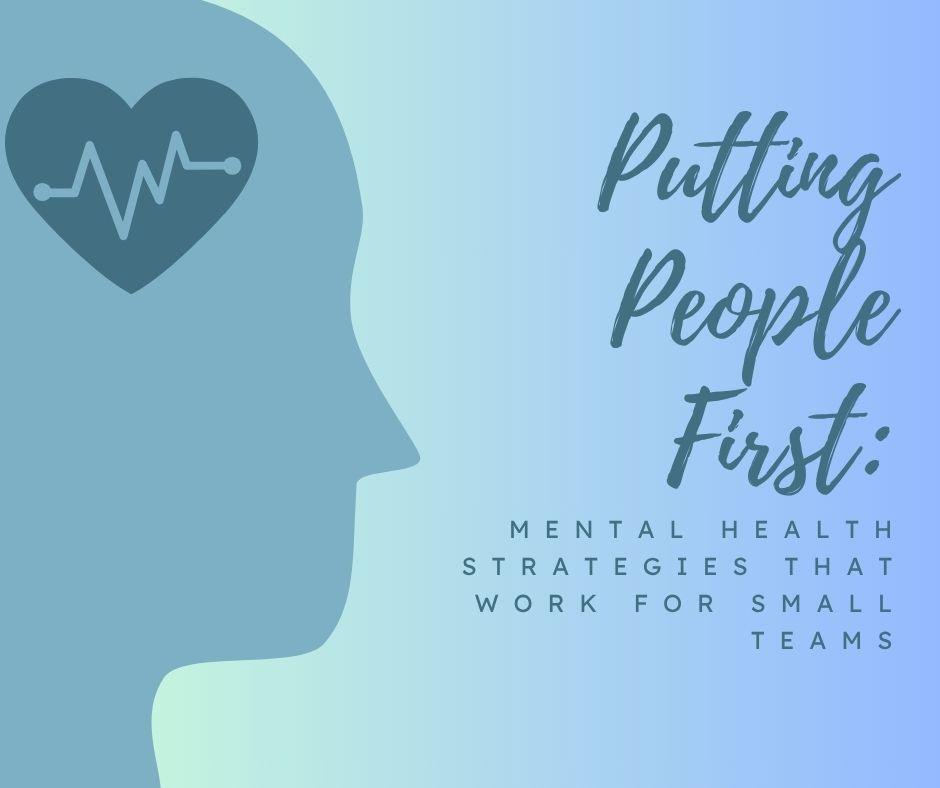
Here’s the good news: you don’t need a big bugdet to make a huge impact.
In my experience as an HR consultant, small teams have achieved meaningful cultural change by prioritizing mental health with empathy, consistency, and intentionality. This post shares simple, effective strategies to get started — and why now is the right time.
SHRM’s 2025 insights emphasize that workplace mental health is no longer optional — it’s essential. Whether your team is five people or fifty, unaddressed stress, burnout, or disconnection can show up in the form of low engagement and productivity, increased absenteeism, higher turnover, and weakened trust in leadership.
But when you create space for mental wellness, you build loyalty, improve performance, and demonstrate your values in action.
One solution I recommend to my small business clients is something called Mental Health Check-In Mondays — a weekly, 15-minute, voluntary meeting where employees can start the week with clarity and connection.
How it works:
This low-cost practice builds consistency and psychological safety — without putting anyone on the spot.
1. Normalize Mental Health Conversations
Train your managers to ask “How are you doing — really?” and model vulnerability themselves. It goes a long way in building trust.
2. Offer Mental Health Days
Even just 1 extra paid days off per year specifically for mental health can help employees feel respected and supported.
3. Promote Work-Life Boundaries
Reinforce policies like “no emails after hours” or “camera-ree-meeting Fridays.” Leadership should model this behavior too.
4. Share Resources Often
Make it easy to find mental health support tools, apps, EAP contact info, or local services. Don’t just share once — remind regularly.
5. Create Peer Support Spaces
Encourage informal, employee-led wellness or discussion groups. These can be powerful sources of connection.
When you prioritize the human in your workplace, you don’t just meet a trend — you build a culture people want to be a part of. Even small actions send a powerful message: “We care about you, not just your output.”
Ready to build a healthier, more supportive workplace — without overwhelming your budget or team?
Contact us today to schedule a free consultation or learn more about our small business HR solutions.